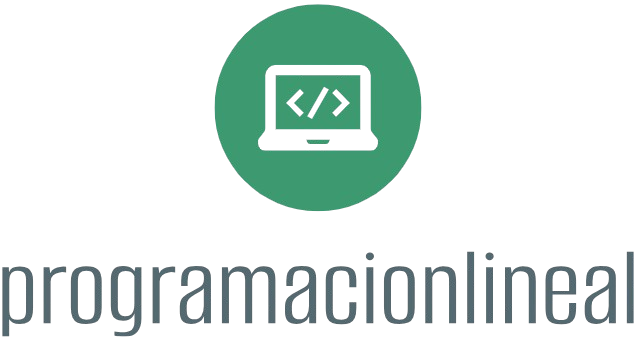Learning Go (often referred to as Golang) from scratch can be an enjoyable and rewarding experience, especially given its efficiency, simplicity, and strong performance in building scalable web applications and microservices. Below is a structured guide to help you get started with Go programming effectively.
Step 1: Setting Up Your Environment
- Install Go:
– Go to the [official Go website](https://golang.org/dl/) and download the installer for your operating system.
– Follow the installation instructions provided for your platform. You can verify the installation by running `go version` in your terminal.
- Set Up a Code Editor:
– Choose a code editor that you are comfortable with. Popular choices for Go development include:
– Visual Studio Code with the Go extension.
– GoLand (a JetBrains IDE, though it isn’t free).
– Sublime Text or Atom (with appropriate Go plugins).
Step 2: Understand the Basics of Go
- Official Documentation:
– Start with the [official Go tour](https://tour.golang.org/welcome/1), which provides an interactive way to learn the language’s basic constructs and features.
- Books and Online Resources:
– “The Go Programming Language” by Alan A. A. Donovan and Brian W. Kernighan: A well-regarded book that covers Go in depth.
– “Go in Action” by William Kennedy: Focuses on practical aspects and real-world applications of Go.
– Online courses on platforms like Coursera or Udemy often have great structured paths for beginners.
Step 3: Write Your First Go Program
- Create a Simple Application:
– Open your terminal or command prompt and create a directory for your Go projects.
– Create a new Go file (e.g., `hello.go`):
“`go
package main
import “fmt”
func main() {
fmt.Println(“Hello, World!”)
}
“`
- Run Your Program:
– In the terminal, navigate to the directory where your file is located and run:
“`bash
go run hello.go
“`
Step 4: Dive Deeper into Language Features
- Key Concepts to Explore:
– Data Types and Variables: Learn about Go’s powerful type system.
– Control Structures: Understand if statements, loops, and switch statements.
– Functions: Learn how to define and call functions; understand variadic functions and anonymous functions.
– Structs and Interfaces: These are central to Go’s type system and allow for powerful abstraction.
- Error Handling:
– Go doesn’t use exceptions; explore how to handle errors explicitly using multiple return values.
- Concurrency:
– Go’s goroutines and channels provide a unique way to handle concurrency. Investigate the use of `go` keyword and `chan` types for communication between goroutines.
Step 5: Learn to Build Projects
- Start with Small Projects:
– Build simple applications like a command-line tool, a basic web server, or a to-do list.
– GitHub has numerous beginner-friendly Go projects to inspire you.
- Follow Tutorials:
– Websites like [Gophercises](https://gophercises.com/) offer practical exercises and projects for learning Go through real-world tasks.
– Explore more extensive frameworks with tutorial projects, like building REST APIs using the Gorilla Mux router or Gin framework.
Step 6: Use Go Modules
- Manage Dependencies:
– Use Go modules for dependency management. You can create a module using `go mod init <module-name>` and add dependencies with `go get <package-name>`.
Step 7: Explore the Go Ecosystem
- Standard Library:
– Familiarize yourself with the Go standard library. It provides a wealth of packages that can help you with tasks ranging from HTTP and JSON handling to file I/O.
- Third-Party Libraries:
– Utilize repositories from [pkg.go.dev](https://pkg.go.dev/) to find quality third-party packages that can speed up development.
Step 8: Test Your Code
- Write Tests:
– Go has built-in support for testing. Learn to write unit tests by creating test files with the `_test.go` suffix.
“`go
package main
import “testing”
func TestAddition(t *testing.T) {
sum := 1 + 2
if sum != 3 {
t.Errorf(“Expected 3 but got %d”, sum)
}
}
“`
– Run tests using `go test`.
Step 9: Participate in the Go Community
- Join Forums and Discussion Groups:
– Engage in online forums such as Reddit’s r/golang, Stack Overflow, or the Go community Slack.
– Attend local meetups or Go conferences to network with other Go developers.
Step 10: Keep Practicing
- Solve Challenges:
– Websites like LeetCode and HackerRank have coding challenges in Go that can help solidify your understanding.
- Build More Projects:
– Continue to build larger projects as you gain confidence, such as a web application, a microservice, or a library.
Conclusion
Learning Go programming from scratch can be a structured process that combines understanding the language fundamentals with hands-on practice. By setting up a solid environment, diving into projects, and engaging with the community, you’ll progressively build your skills in Go. Keep exploring, experimenting, and coding, and you’ll become proficient over time.











